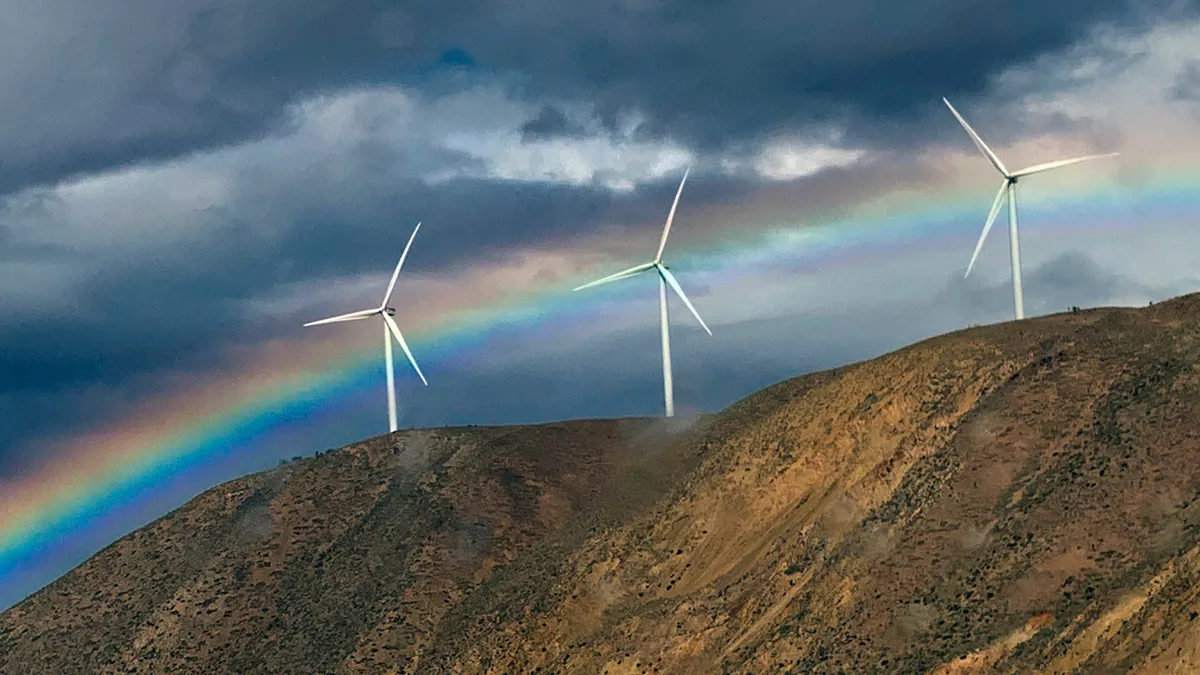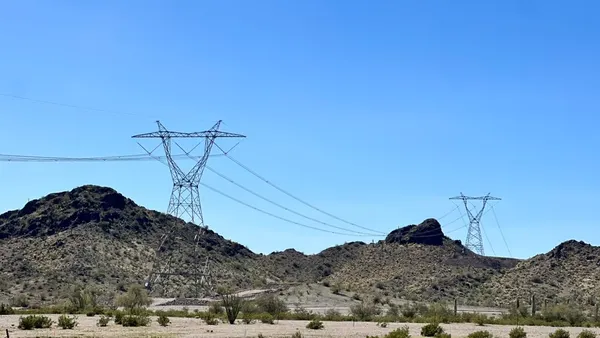Dive Brief:
- Connecticut regulators have approved a new Innovative Energy Solutions (IES) program to accelerate the state's grid modernization efforts by facilitating partnerships among private companies, the state's electric utilities and other stakeholders.
- The IES will consider "innovative pilot programs, technologies, products, and services" that could be deployed on a limited basis, evaluated and potentially scaled up, according to an order approved by the Public Utilities Regulatory Authority on Wednesday.
- The new program will take a Silicon Valley approach to innovation and encourage projects to "fail fast," Josh Ryor, director of PURA's Office of Utility Programs and Initiatives, told state lawmakers on Thursday.
Dive Insight:
The IES program comes out of a proceeding PURA launched in 2019, to equitably modernize the grid. Other topics being considered include: energy affordability, smart meters, energy storage, transportation electrification and interconnection standards.
IES is a "regulatory sandbox premised on the need to re-imagine pilot projects," PURA Chairman Marissa Gillett said in a statement. The initiative is expected to launch in January 2023.
PURA wants to "break up the inertia of electric utility service in Connecticut,” Gillett said, and ensure that all customers benefit from the state's effort to decarbonize.
Connecticut's Global Warming Solutions Act requires the state to reduce economy-wide greenhouse gas emissions 80% below 2001 levels by 2050. However, in September 2021, the Connecticut Department of Energy and Environmental Protection released data showing the state's emissions rose 2.7% from 2017 to 2018, and was not on track to meet its targets.
Private market innovation is necessary to achieve the "dual priorities of modernizing our electric grid while balancing energy affordability," said Gillett.
Affordability is a key issue for Connecticut, which in 2019 had the highest electricity rates in the continental United States.
A day after approving the program, Gillett and Ryor detailed PURA's modernization efforts and the IES before the Connecticut General Assembly's Energy and Technology Committee.
"We know the grid requires investments," Gillett said. "We already have high rates. We have to figure out how to prioritize our investments, to make sure that we're getting the return on the investment, and the most value for money."
The IES program is an attempt to create an ecosystem for third party innovators, electric distribution companies and other stakeholders "to come together to test out new technologies, and to take some of that Silicon Valley approach to failing fast, to minimizing the risk for ratepayers," Ryor said.
The program will set up innovation cycles to enable rapid collaboration between private industry and utilities, to test pilots quickly and then make a decision on whether to go forward with a broader rollout.
"What we're trying to do is break the cycle of pilots," Ryor said. "Fail fast. Test out new technologies and see if there are solutions that can provide ratepayers benefits at scale."
Looking ahead, PURA said a request for concept proposals will likely be issued though an innovation solicitation in January. Organizations interested in collaborating with the state's utilities, Eversource Energy and United Illuminating, "should reach out directly to the companies prior to that date," the agency said.
Eversource said it was still reviewing the new program.
United Illuminating said it would use the IES program to develop and test new ways "to enable the increased amount of renewable generation including offshore wind, distributed generation, and energy storage, while ensuring consumer protection and ratepayer benefits."
The Avangrid subsidiary "may pilot new business models, new ways of creating value for customers, stakeholders, and the market, and new ways of managing the utility grid," United Illuminating said in a statement.















